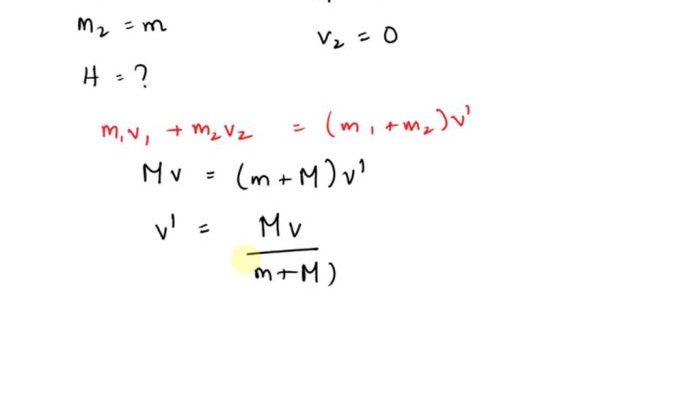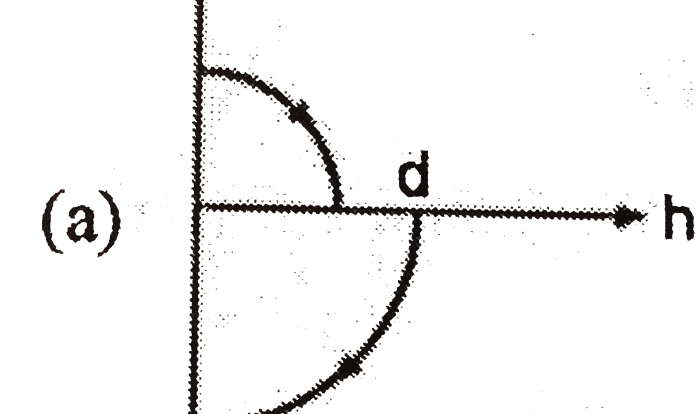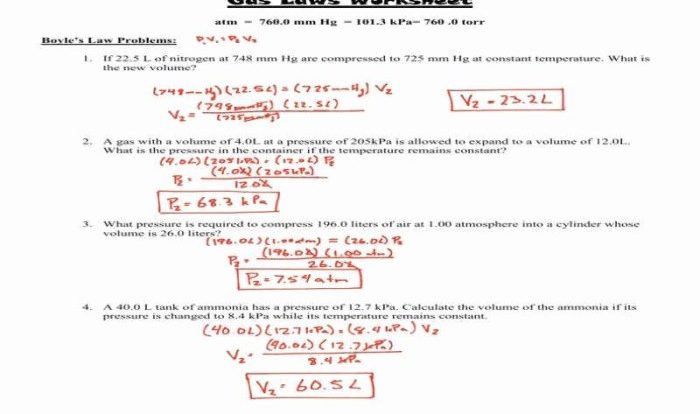The mechanical and electromagnetic waves venn diagram unveils the fascinating world of wave phenomena, providing a comprehensive understanding of their similarities and differences. Delving into the characteristics, propagation, and applications of these waves, this exploration uncovers the fundamental principles that govern our physical world.
Mechanical waves, characterized by their dependence on a medium, encompass sound, water, and seismic waves. In contrast, electromagnetic waves, existing independently of a medium, include radio waves, microwaves, infrared radiation, visible light, ultraviolet radiation, X-rays, and gamma rays. Their diverse properties and interactions with matter shape the technologies and advancements that define our modern era.
Properties of Mechanical Waves
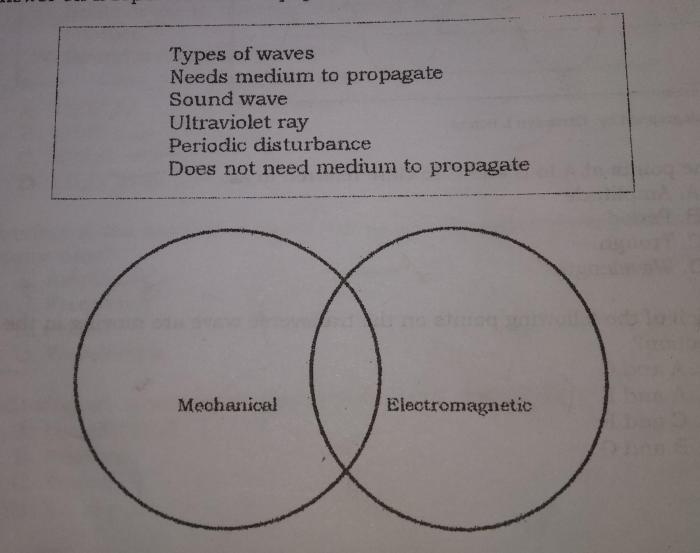
Mechanical waves are characterized by their amplitude, wavelength, frequency, and velocity. Amplitude refers to the maximum displacement of the medium from its equilibrium position, wavelength is the distance between two consecutive crests or troughs, frequency is the number of oscillations per unit time, and velocity is the speed at which the wave travels.
Examples of mechanical waves include sound waves, water waves, and seismic waves. The properties of mechanical waves determine their propagation through different media, with factors such as density and elasticity affecting their speed and behavior.
Properties of Electromagnetic Waves: Mechanical And Electromagnetic Waves Venn Diagram
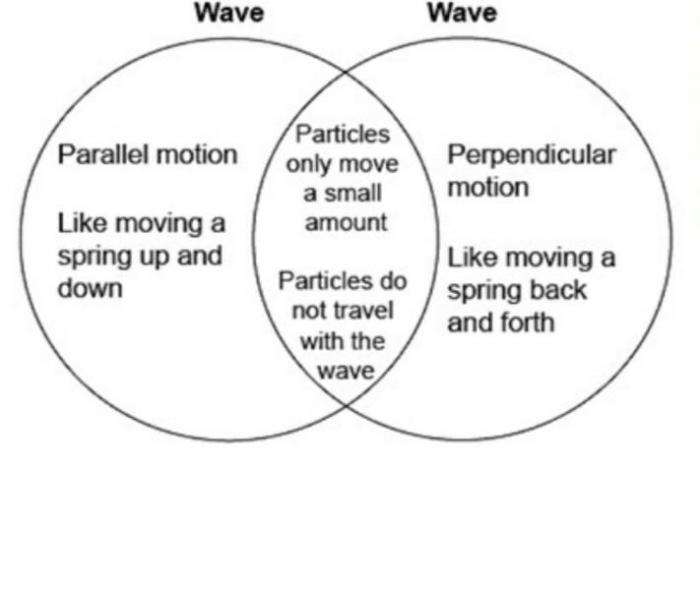
Electromagnetic waves are characterized by their wavelength, frequency, and energy. Wavelength is the distance between two consecutive peaks or troughs, frequency is the number of oscillations per unit time, and energy is determined by the frequency and wavelength of the wave.
Examples of electromagnetic waves include radio waves, microwaves, infrared radiation, visible light, ultraviolet radiation, X-rays, and gamma rays. The properties of electromagnetic waves determine their interactions with matter, with different frequencies and wavelengths having varying degrees of penetration and absorption.
Similarities and Differences between Mechanical and Electromagnetic Waves, Mechanical and electromagnetic waves venn diagram
Both mechanical and electromagnetic waves share common properties such as their wave-like nature and ability to transfer energy. However, they also exhibit key differences. Mechanical waves require a medium to propagate, while electromagnetic waves can travel through both matter and vacuum.
Mechanical waves typically have lower speeds of propagation compared to electromagnetic waves, which can travel at the speed of light. Furthermore, electromagnetic waves can interact with charged particles and induce electric and magnetic fields, while mechanical waves do not possess these properties.
Applications of Mechanical and Electromagnetic Waves
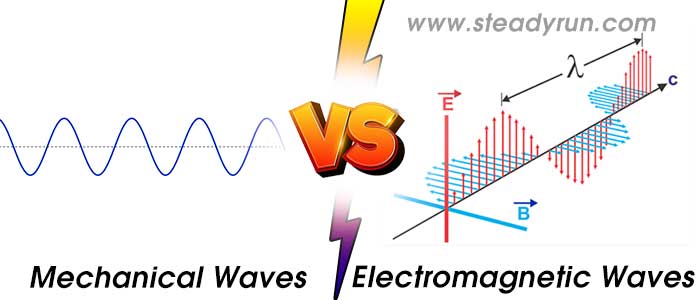
Mechanical Waves:
- Sound recording and reproduction: Microphones convert sound waves into electrical signals, which are then amplified and stored or transmitted.
- Medical imaging: Ultrasound waves are used to create images of internal organs and tissues, aiding in diagnosis and treatment.
- Seismology: Seismic waves provide valuable information about the Earth’s structure and dynamics, helping us understand earthquakes and other geological processes.
Electromagnetic Waves:
- Wireless communication: Radio waves, microwaves, and other electromagnetic waves enable wireless communication technologies such as mobile phones, Wi-Fi, and satellite communication.
- Medical diagnostics: X-rays and gamma rays are used in medical imaging to diagnose and treat various conditions.
- Remote sensing: Electromagnetic waves are used in remote sensing technologies to collect data about the Earth’s surface, atmosphere, and oceans.
Emerging Technologies and Future Directions
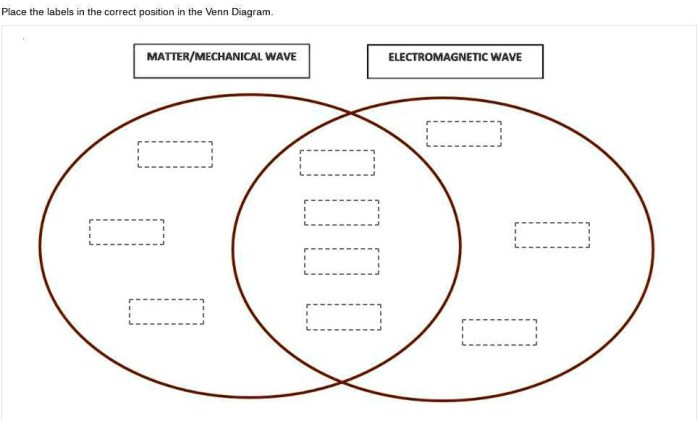
Recent advancements in the field of mechanical and electromagnetic waves include metamaterials and plasmonics. Metamaterials are engineered materials that exhibit unusual electromagnetic properties, enabling the manipulation and control of light and other electromagnetic waves. Plasmonics involves the study of the interaction between light and metal nanoparticles, leading to novel applications in optics and sensing.
These emerging technologies hold promise for advancements in areas such as energy harvesting, optical computing, and healthcare.
Clarifying Questions
What is the fundamental difference between mechanical and electromagnetic waves?
Mechanical waves require a medium for propagation, while electromagnetic waves can propagate through a vacuum.
How does the mechanical and electromagnetic waves venn diagram illustrate their similarities?
The overlapping region of the Venn diagram represents shared properties such as wave-like nature and energy transfer.
What are some practical applications of mechanical waves?
Mechanical waves find applications in sound recording, medical imaging, and seismology.
How have electromagnetic waves revolutionized communication?
Electromagnetic waves enable wireless communication, allowing for the transmission of information over long distances.
